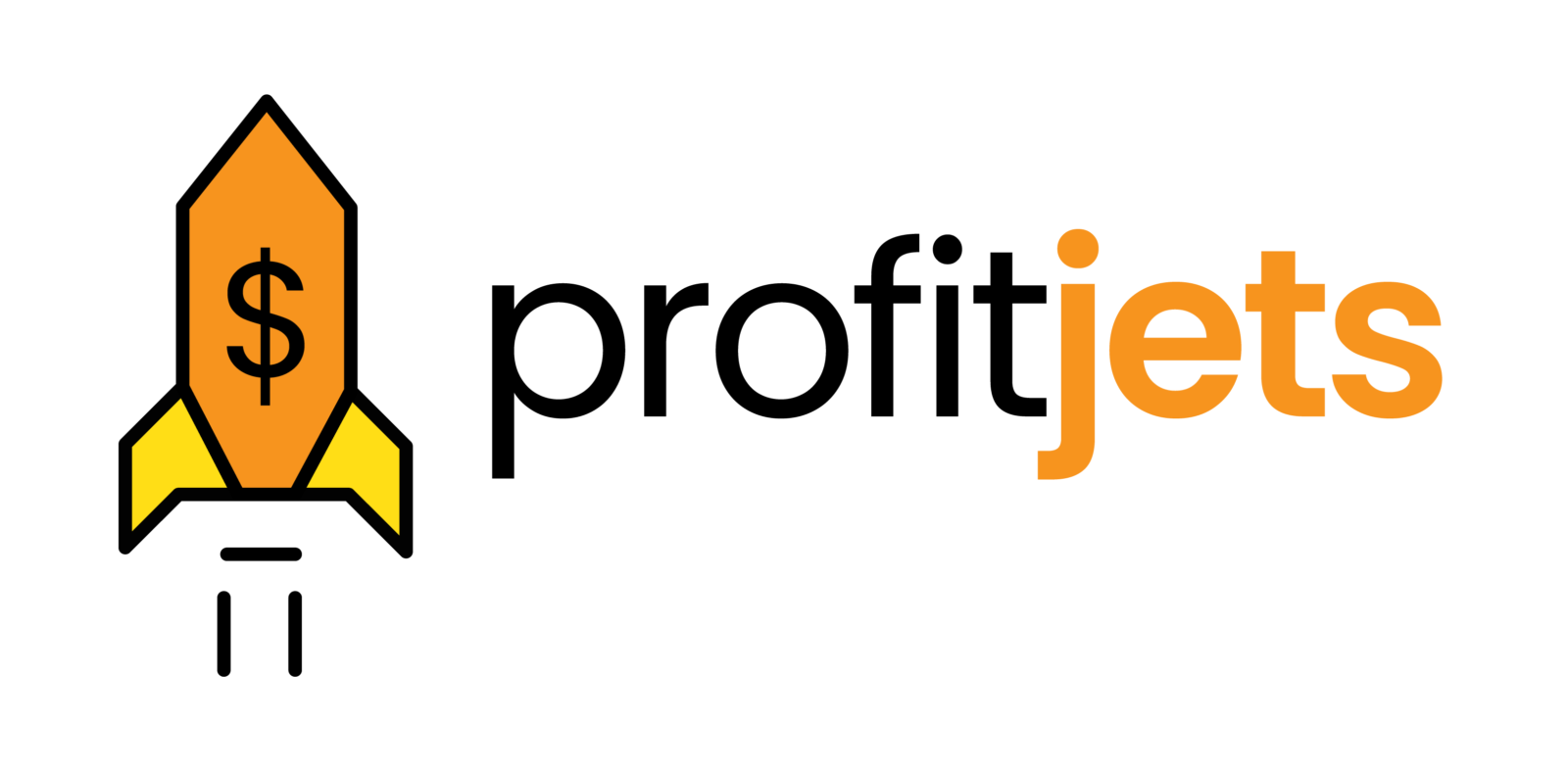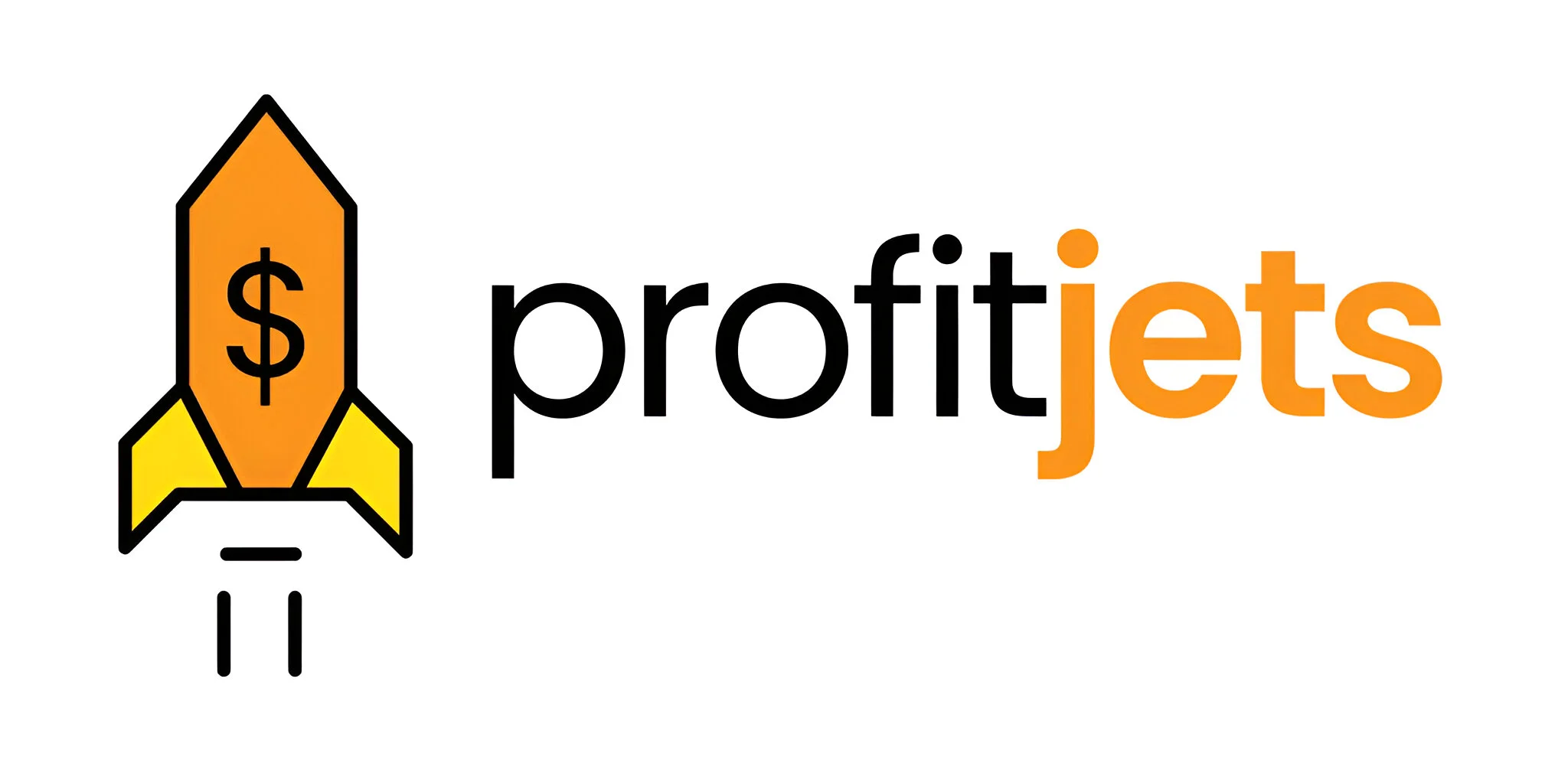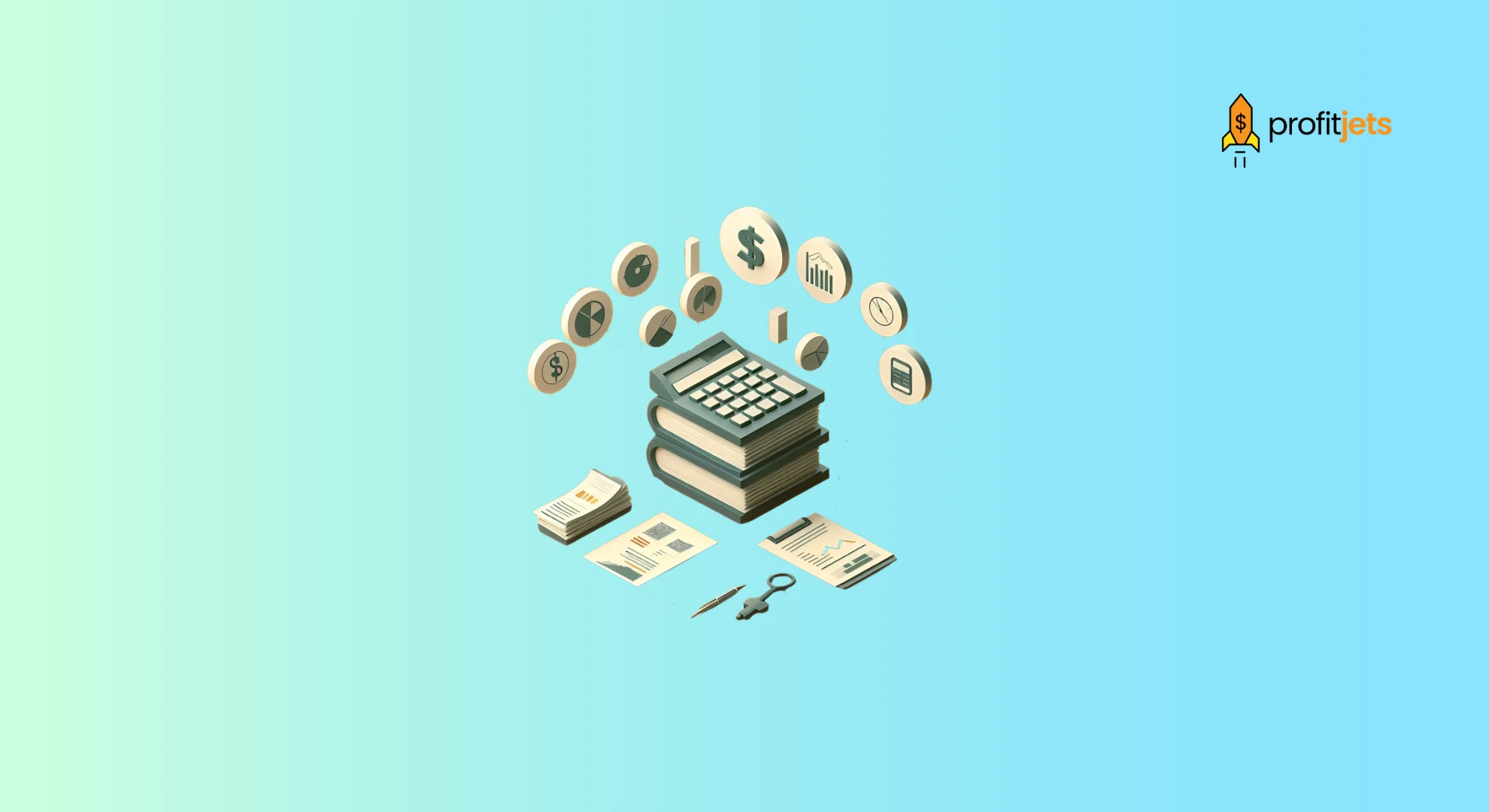Understanding costs is fundamental for any business, especially when making financial decisions. Among the many types of costs, Implicit and Explicit Costs are two critical categories businesses must recognize. Both play distinct roles in accounting and understanding their differences is essential for accurate financial analysis. In this blog, we’ll explore Implicit Cost vs Explicit Cost, how to calculate them, and why they matter for your business.
Table of Contents
What is Implicit Cost?
Implicit Costs, often referred to as opportunity costs, are the costs associated with a company’s existing resources. These costs do not involve direct monetary payments but represent the potential income lost when one option is chosen over another. For example, if a business owner decides to use their building for operations rather than renting it out, the rental income they forgo is an implicit cost.
Implicit costs are crucial for understanding the actual cost of decisions, especially when considering the most efficient use of resources. These costs are often overlooked because they do not appear on financial statements but are vital for long-term strategic planning.
What is Explicit Cost?
Explicit Costs are the direct, out-of-pocket expenses a business incurs. These costs involve actual cash transactions and are easily identifiable in financial statements. Examples include wages, rent, utilities, and raw materials. Unlike implicit costs, explicit costs are straightforward to calculate, making them essential for day-to-day financial management.
Exact costs are the foundation of accounting. They offer a clear depiction of a company’s financial well-being. They are essential for determining profitability and are typically recorded in accounting ledgers.
Examples of Implicit Costs
Understanding implicit costs can be challenging because they are not always visible. Here are some common examples:
- Owner’s Time: If a business owner spends time managing their business instead of working elsewhere, the salary they could have earned is an implicit cost.
- Using Owned Equipment: If a company uses its machinery rather than renting it out, the potential rental income is an implicit cost.
- Foregone Investments: If a business chooses to invest in one project instead of another, the potential return from the unchosen project is an implicit cost.
These examples illustrate how implicit costs can impact decision-making, even though they do not directly affect cash flow.
Examples of Explicit Costs
Explicit costs are more tangible and easy to identify. Here are some examples:
- Salaries and Wages: Payments made to employees for their work.
- Rent: Payments are made using office or factory space.
- Utilities: Costs for electricity, water, and other services.
- Raw Materials: Expenses for purchasing the materials needed for production.
These explicit costs are critical for calculating a company’s profitability and are typically recorded in financial statements.

How to Calculate Implicit Cost?
Calculating implicit costs involves evaluating the opportunity cost of a decision. Here’s a simple formula:
Implicit Cost = Potential Income from the Best Alternative
For example, if a business owner could earn $50,000 a year working elsewhere but chooses to run their own business, the implicit cost is $50,000. This calculation helps companies to understand what they are giving up by choosing one option over another.
How to Calculate Explicit Cost?
Calculating explicit costs is straightforward and involves adding up all the direct expenses. Here’s the formula:
Explicit Cost = Sum of All Direct Costs
For example, if a company spends $200,000 on salaries, $50,000 on rent, and $30,000 on utilities, the total explicit cost would be $280,000. These costs are easy to track and are essential for calculating net income.
Implicit Cost vs Explicit Cost: Key Differences
| Aspect | Implicit Cost | Explicit Cost |
| Definition | Opportunity costs with no cash outlay | Direct costs involving cash transactions |
| Visibility in Accounts | Not recorded in financial statements | Recorded in financial statements |
| Examples | Foregone salary, rental income | Wages, rent, utilities |
| Impact on Profitability | It affects long-term profitability analysis | Affects short-term profitability |
The table above highlights the critical differences between implicit and explicit costs and shows how they impact different aspects of financial decision-making.
Why are Implicit and Explicit Costs Important?
Understanding both implicit and explicit costs is crucial for making informed business decisions. While explicit costs are essential for day-to-day financial management, implicit costs provide a broader view of the opportunity costs involved in decision-making. Ignoring implicit costs can lead to poor strategic decisions, as businesses may need to understand the trade-offs they are making entirely.
What is the difference between Implicit and Explicit Cost in decision-making?
In decision-making, Implicit Costs represent the hidden opportunity costs of a decision, while Explicit Costs are the direct, visible costs. Businesses need to consider both when evaluating the actual cost of a decision. For example, choosing to use owned resources instead of selling or renting them out may save explicit costs but incur implicit costs in the form of lost income.
Can Implicit Costs be higher than Explicit Costs?
Yes, Implicit Costs can sometimes be higher than Explicit Costs, especially when the opportunity cost of a decision is significant. For example, suppose a highly skilled entrepreneur runs a small business instead of working for a large corporation. In that case, the implicit cost of foregone salary may exceed the explicit costs of running the business.
How do Implicit and Explicit Costs affect profitability?
Implicit Costs affect long-term profitability by highlighting the opportunity costs of decisions, while Explicit Costs directly impact short-term profitability by determining the out-of-pocket expenses. Both are essential for a comprehensive understanding of a company’s financial performance.
How Profitjets Can Help Manage Implicit and Explicit Costs
When analyzing business costs, it’s crucial to understand the difference between implicit and explicit costs. Explicit costs are direct, out-of-pocket expenses such as wages, rent, and utilities that show up on a company’s financial statements. Implicit costs, on the other hand, are indirect and often hidden. These include the opportunity costs of using resources that a company already owns, like a business owner’s time or the use of company-owned equipment.
At Profitjets, we help businesses manage both types of costs by offering comprehensive bookkeeping services and catch-up accounting to keep track of explicit costs while ensuring you’re fully aware of implicit costs that affect your profitability. Our tax services assist in understanding tax implications of both cost types, while our CFO services provide insights into cost management strategies for long-term growth. We also specialize in bookkeeping for CPAs, offering support tailored to accounting firms. With Profitjets, you can focus on growing your business while we handle the financial details, helping you make informed decisions every step of the way.

Conclusion
In conclusion, both Implicit and Explicit Costs play crucial roles in business decision-making and financial analysis. While Explicit Costs are easy to identify and record, Implicit Costs require careful consideration of opportunity costs. Understanding the difference between these two types of costs can help businesses make more informed decisions, optimize resource allocation, and ultimately improve profitability.
By considering implicit and explicit costs, businesses can gain a complete picture of their financial health and make strategic decisions that benefit the bottom line.










